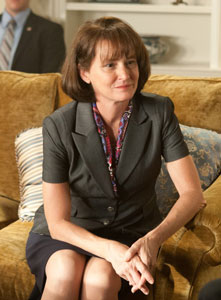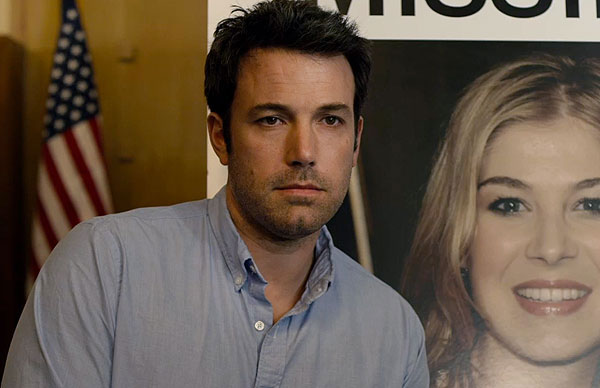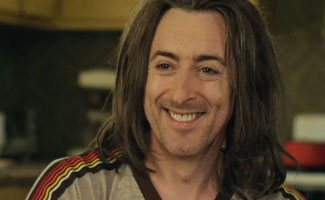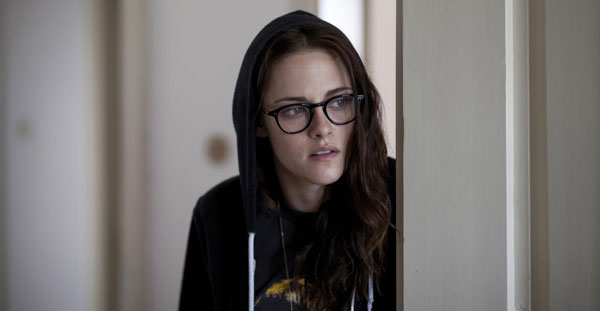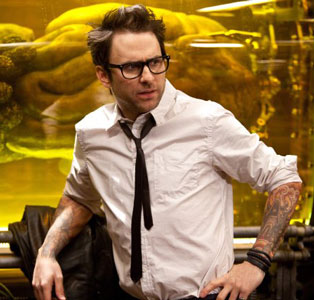 Though Charlie Day is best known for his comedic role on It’s Always Sunny in Philadelphia, he takes a heroic turn as an eccentric scientist in his big-budget summer blockbuster, Pacific Rim. However, Day wanted director Guillermo del Toro to return the favor and put in a cameo appearance on It’s Always Sunny in Philadelphia. He spoke to The Los Angeles Times about del Toro’s cameo and his Pacific Rim character.
Though Charlie Day is best known for his comedic role on It’s Always Sunny in Philadelphia, he takes a heroic turn as an eccentric scientist in his big-budget summer blockbuster, Pacific Rim. However, Day wanted director Guillermo del Toro to return the favor and put in a cameo appearance on It’s Always Sunny in Philadelphia. He spoke to The Los Angeles Times about del Toro’s cameo and his Pacific Rim character.
Day explains how he managed to get del Toro on the show, saying, “I did Pacific Rim first, and then I got Guillermo on the eighth season of It’s Always Sunny in Philadelphia. He was a big fan of the show which is how I got the part. All through the course of shooting the movie, he kept talking to me about what he wanted his cameo to be and oftentimes they were ideas that I wasn’t quite sure what to say to. But … we found what we thought was the perfect part for him. He came in and he improvised — he even had a little googly eye made up for the character. He said to me the other day that he wants to do another cameo, I said, ‘All right, you’ve got to put me in another movie first.'”
While shooting the film Day was careful to make his character distinctive from his TV character. He explains, “I knew I wanted to bring the side of myself which is much more like the guy that writes It’s Always Sunny in Philadelphia than the guy that’s on it. I also knew that they wanted me — certainly the studio, I’m sure, wanted me — to bring some levity to the film and I was afraid of them wanting it to be all sort of knock-knock jokes. Guillermo and I both agreed that the character should actually be very serious, the acting should be serious and that we could find comedy in the guy’s personality and his opinions more so than any outside attempts at joke telling.”
Ultimately he has nothing but praise for the director (and now co-star). He reveals, “Guillermo certainly hired me for a very specific reason and gave me a little bit more freedom than I think he’s been known to give people. I think he wanted to do that to really capture the rough edges of the character. So often his characters are sort of stoic and heroic and I think he needed this guy to be a little bit more sloppy and a little bit more of an everyman. He would let me play around with things and some of the dialogue, but he was also filled with all sorts of brilliant cinematic moves. There’s a sequence where my glasses fall off, and he constructed a very large pair of glasses — maybe the size of a table — and he put them in front of the camera. I’m trying to find these glasses, which, of course, are massive. Then I saw the shot, it’s a beautiful shot. The glasses are big in the frame and I’m big in the frame and that’s an old Alfred Hitchcock move. He sort of has that feeling on set. He’s this larger than life presence and he’s as much a star of the movie as the actors or the robots and the monsters. It’s what I would imagine it was like to work with an Orson Welles or a Hitchcock.”

